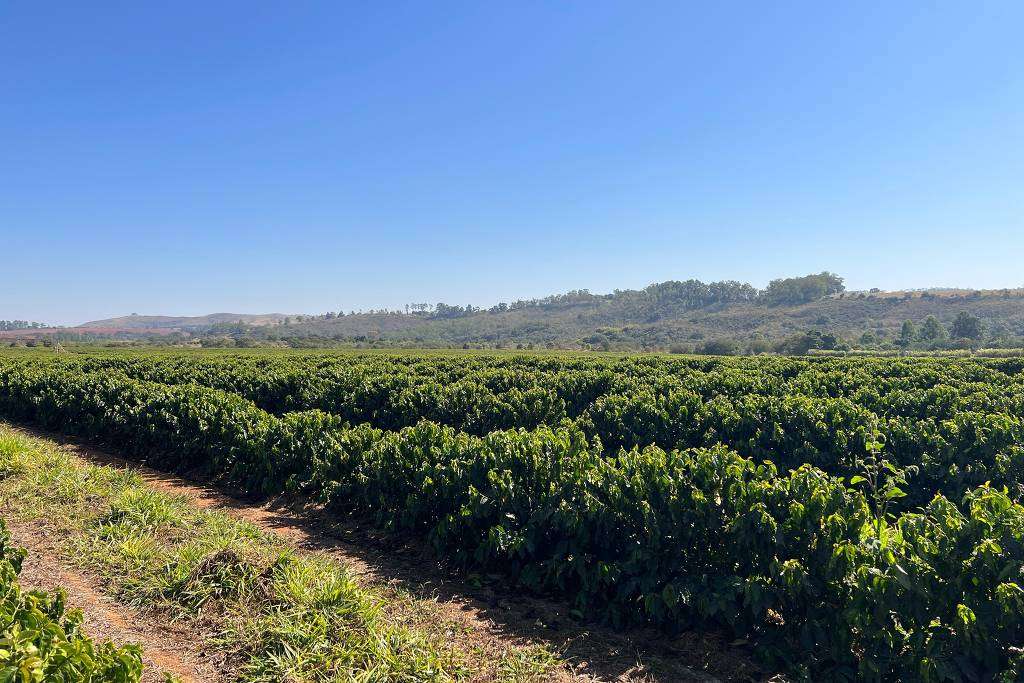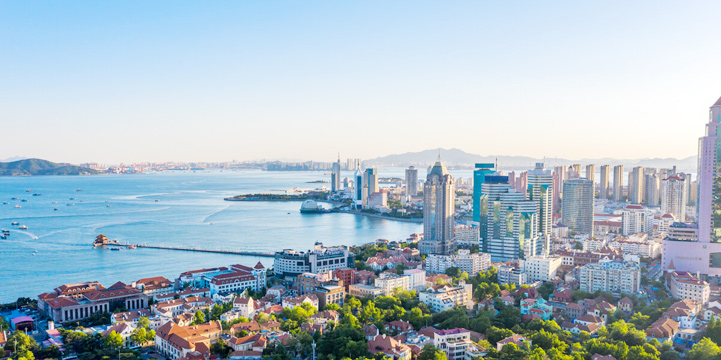
According to the latest survey report released by the non-profit organization "Coffee Watch," over the past 20 years, coffee cultivation in Brazil has led to the destruction of more than 313,000 hectares of forests, equivalent to the total area of two São Paulo cities.
An article in "O Estado de São Paulo" on October 22 highlighted that this reduction in forests not only diminishes soil quality and increases the risk of fires but also alters rainfall patterns in coffee growing areas, all contributing to the continuous rise in coffee prices.
Data indicates that from 2001 to 2023, coffee-producing regions in Brazil lost a total of 737,000 hectares of forest, with 313,000 hectares directly used for coffee cultivation. Considering factors such as infrastructure development and population growth, the coffee industry indirectly caused the destruction of over 11 million hectares of forests nationwide.
Looking at the long term, based on data from Brazil's MapBiomas monitoring network of ecosystems, from 1985 to 2024, Brazil has lost a total of 111.7 million hectares of natural vegetation due to the direct or indirect impacts of coffee cultivation.
The report notes that 77% of deforestation is concentrated mainly in the Cerrado region, particularly in Minas Gerais, while the remaining 20% is located in the Atlantic Forest region (Mata Atlântica).
"Coffee Watch" believes that deforestation is closely linked to the rainfall instability in coffee-growing areas. According to data from the Climate Hazards Center Infrared Precipitation Station (CHIRPS), these regions have experienced frequent abnormal rainfall situations during crucial coffee growth periods since 2014.
The report warns that Brazil's coffee cultivation areas, especially the Cerrado grasslands and their transition zones, have become one of the most fire-prone regions in the country.
Lastly, the report calls for Brazil not only to uphold its commitment to "zero deforestation" but also to work towards restoring damaged ecological areas and actively promoting a shift towards regenerative agroforestry systems.
